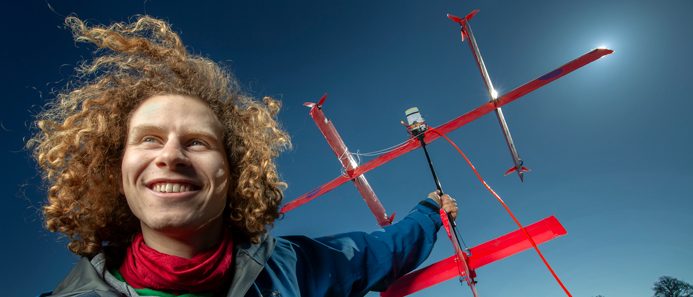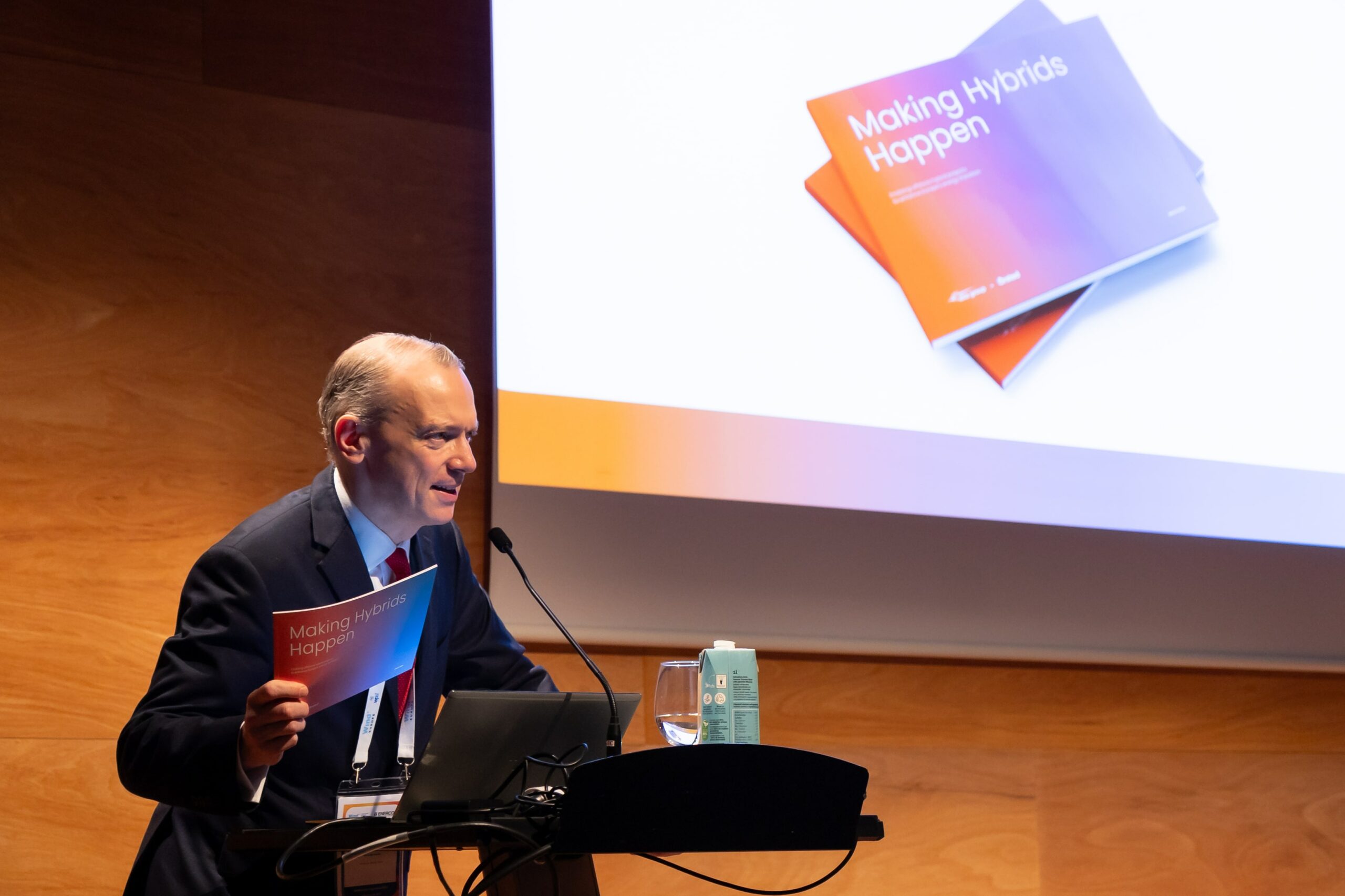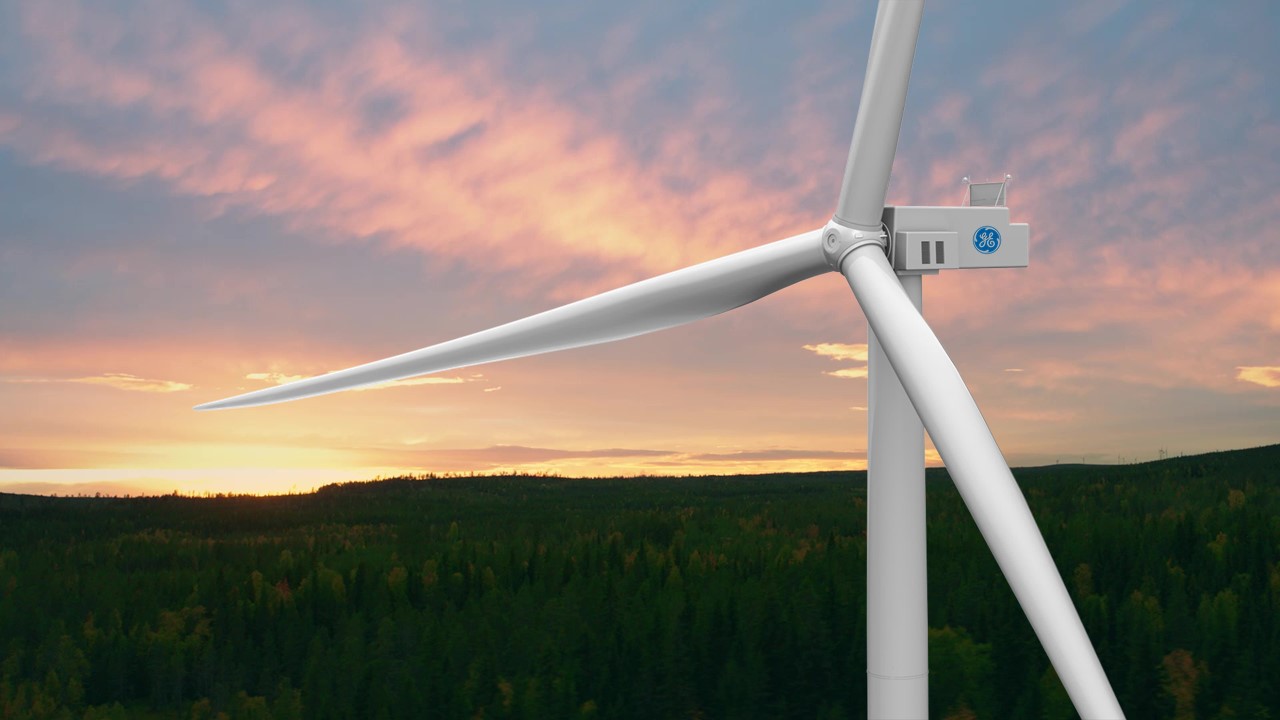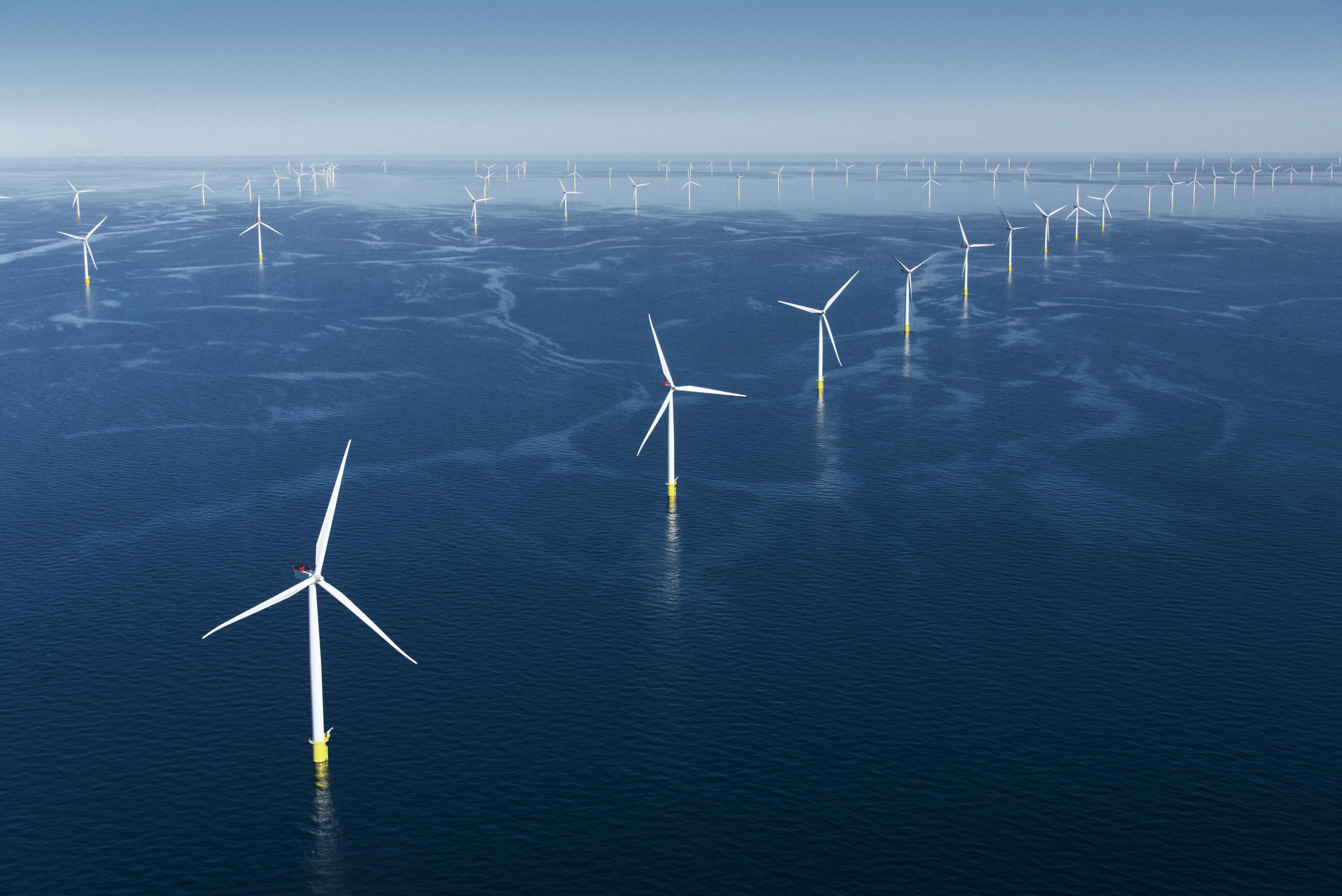News
Wind energy
Kites harvest energy like wind turbines


Wind energy produced by a kite. It sounds like a childhood dream come true, but with both feet and a power cable firmly planted on the ground, the two former students at the Technical University of Denmark (DTU) Andreas Okholm and Mathias Neuenschwander have shown that their KiteX kite, tethered to an 80-metre cable, can produce enough energy to cover the daily electricity consumption of an entire household.
“Kite energy is a known technology that several research groups are currently working on. Our ambition with KiteX is to prove that we can design and build kite wind turbines and market them as a product,” said Andreas Okholm.
-Related solution: Rural areas welcome heat as a service: 100 installations in 3 months
The first kites that have completed test flights hang from the ceiling at DTU Skylab. Here, Andreas and Mathias are working on the next generation of their kites, named KiteX, and get advice on the creation of prototypes and coaching in business development.
Drone wings create energy
The kite wind turbine’s vertical wings are equipped with drone propellers at each end. The drone propellers are used to steer the kite to a flying altitude of up to 40 metres and into a figure eight course in the air, which is pre-programmed on a computer. The kite is then controlled by the rudder and the elevator, and the propellers can be used to harvest energy from the wind.
The principle of the production can be compared to an e-bike, where an accumulator and a battery alternately add and collect energy depending on whether the cyclist is pedalling or braking.
“It’s a dream I’ve had ever since as a kid I experienced being dragged off by a kite that I had to let go of, because the wind was too strong. What if you could tame it?” Andreas Okholm
KiteX was most recently tested at DTU Risø Campus in 2018, where a prototype with eight propellers and a weight of 5 kg with all the electronics for the next generation kite wind turbine was tested. The test was meant to show that the electronics, which transports and converts the power between the internet connection, the earth station and the drone engines, worked reliably over 24 hours.
Andreas and Mathias have previously tested a prototype with a 1.4-metre wingspan and shown that the kite’s control electronics and aerodynamic construction work.
Supplement to wind energy
Andreas Okholm and Mathias Neuenschwander are currently working on developing a full-scale model of KiteX. The model contains a re-interpretation of the kite concept, where two kites with a three-metre wingspan and a total weight of 16 kg circulate on the same cable.
By doubling the number of kites on the cable, KiteX is able to quadruple the energy production.
-Related solution: Giant wind turbine blade captures more energy from the wind
The kites are designed to be able to produce four kW, which corresponds to the consumption of five Danish households. Yet the market for kite energy is primarily found in developing countries, explained Andreas Okholm:
“Kite energy is a supplement to wind energy. It may, for example, be an advantage to use the kite concept in areas without electricity, where the kites can replace diesel-powered generators or be connected to a generator system with very low initial costs.
Another market may be to install kite wind turbines on existing wind turbines and harvest energy at higher altitudes, or to anchor the kites in a foundation from a former wind turbine and thereby make longer use of foundations and cabling from scrapped wind turbines.”
The new kites with a three-metre wingspan will be tested at DTU Risø Campus this year, and the goal is to make the kites fly and produce power. Andreas Okholm and Mathias Neuenschwander will then continue to work towards their goal of a kite wind turbine with a 16-metre wingspan, which will be able to produce 500 kW.
Fierce competition
The development of kite wind turbines has been going on for the past ten years and includes international companies like Google and the German energy company E.ON. Development took off in 2013, when Google bought the US wind company Makani Power, which specialises in producing turbines for kites that generate electricity at an altitude of several kilometres. American news media estimate that Google’s Energy Kite, which has been designed as a circulating glider, is close to being launched. The Danish company Vestas has also entered the market and taken out four patents on anchoring airborne wind turbines on offshore installations.
KiteX
KiteX was founded by Andreas Okholm and Mathias Neuenschwander in 2016. The project has previously received support from The Nordic Web Ventures and the German energy company E.ON.
Most recently in 2018, KiteX received a two-year grant of EUR 400,000 (DKK 3 million) from Innovation Fund Denmark’s InnoBooster programme to develop a full-scale model of KiteX.
DTU Skylab Incubator
DTU Skylab Incubator is a programme for start-ups established by former DTU students, who are working to determine their product and explore markets up to a year after their graduation.
With the Incubator programme, companies are given access to workshops, conference rooms, and other facilities at DTU Skylab. The programme also includes regular meetings with a start-up coach and regular conversations and meetings with the other participants.
Source















